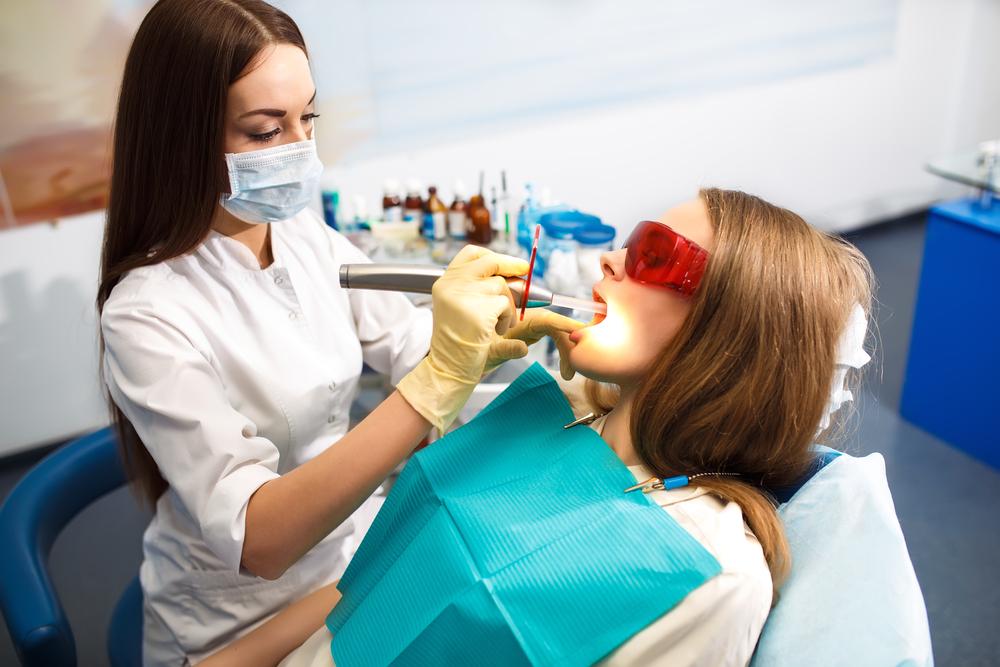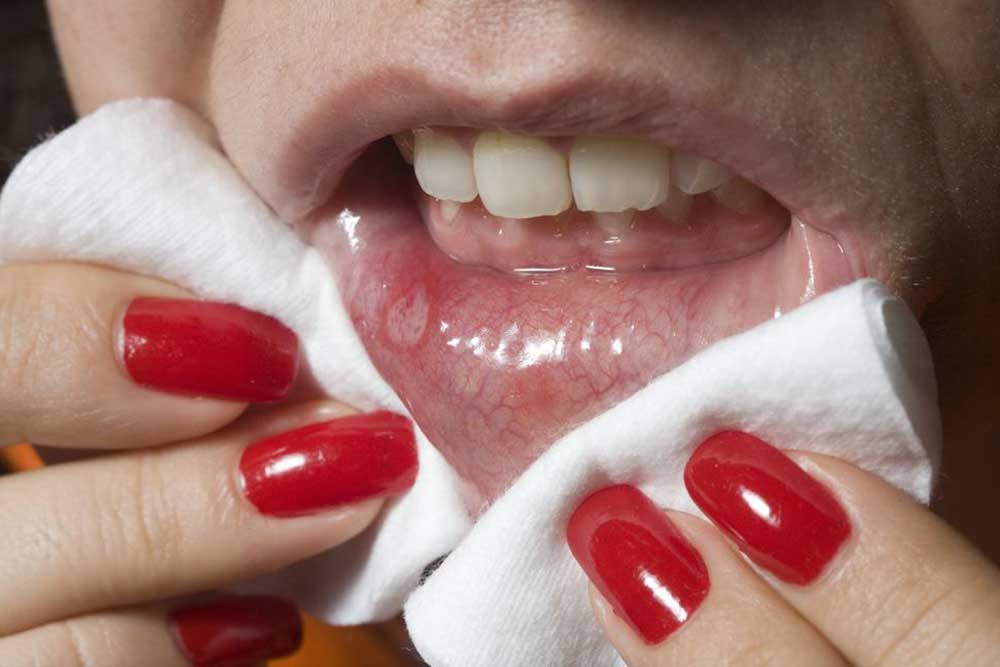A Comprehensive Guide to Oral Cancer: Causes, Symptoms, and Effective Treatment Strategies
This comprehensive article explores oral cancer by detailing its causes, symptoms, diagnosis, and treatment options. It emphasizes the importance of early detection, lifestyle changes, and regular screenings to improve outcomes. Understanding risk factors such as tobacco, alcohol, and HPV infection can help in prevention. The article also highlights advances in treatment, including surgery, radiation, chemotherapy, and targeted therapies, providing valuable insights to patients and healthcare providers alike. Raising awareness about oral cancer is crucial for saving lives through early intervention.

A Comprehensive Guide to Oral Cancer: Causes, Symptoms, and Effective Treatment Strategies
Oral cancer is a significant health concern that requires awareness and early detection for effective treatment. It involves the abnormal and uncontrolled growth of cells in the oral cavity, including areas such as the lips, tongue, the floor of the mouth, cheeks, palate, sinuses, and throat. If left untreated, oral cancer can be life-threatening, underscoring the importance of understanding its causes, recognitions, and available treatment options. This comprehensive guide aims to provide detailed insights into oral cancer, helping readers identify early warning signs and understand the most effective approaches to management and prevention.
Understanding Oral Cancer: An In-Depth Overview
Oral cancer is a subset of head and neck cancers that develop within the mouth or throat regions. It primarily involves malignant tumors that originate from the epithelial cells lining these areas. The pathology of oral cancer includes abnormal cell growth, which can invade nearby tissues and metastasize to other parts of the body. Knowing the anatomy involved is essential—such as the lips, tongue (including the dorsal and ventral surfaces), floor of the mouth, cheeks, roof of the mouth (palate), as well as the tonsils and pharynx. The complexity and vital functions of these areas make early diagnosis and treatment critical for preserving vital functions like speech, swallowing, and appearance.
Causes and Risk Factors of Oral Cancer
Understanding the causes and risk factors associated with oral cancer is crucial for prevention and early intervention. Several well-documented factors increase the risk of developing this disease:
Tobacco Use: The use of tobacco products—whether smoked (cigarettes, cigars, pipes) or smokeless (chewing tobacco, snuff)—is one of the most significant risk factors. Tobacco contains carcinogens that damage the DNA of oral mucosal cells, leading to malignant transformations.
Alcohol Consumption: Excessive alcohol intake synergistically increases the carcinogenic effects of tobacco, making combined use particularly hazardous. Alcohol acts as an irritant and solvent, facilitating the penetration of carcinogens into oral tissues.
Sun Exposure: Prolonged exposure to ultraviolet rays increases the risk of lip cancer, especially in individuals with fair skin or those working outdoors without adequate sun protection.
Human Papillomavirus (HPV) Infection: Certain strains of HPV, notably HPV-16, have been linked to oropharyngeal cancers, including those found in the tongue and tonsils.
Genetic Predisposition and Family History: A family history of head and neck cancers increases susceptibility, possibly due to inherited genetic mutations or shared environmental exposures.
Poor Oral Hygiene and Chronic Trauma: Continuous trauma from rough teeth, ill-fitting dentures, or chronic irritation can contribute to cellular changes leading to cancer.
Recognizing the Symptoms of Oral Cancer
Early detection of oral cancer significantly improves the chances of successful treatment. Recognizing the symptoms and signs is vital for prompt medical consultation. Common symptoms include:
Persistent Mouth Sores: Sores or ulcers that do not heal within two weeks are red flags that require assessment.
Lumps or Thickening: Unusual lumps, bumps, or thickening of the tissues in the mouth, lips, or neck may indicate tumor growth.
Red or White Patches: Leukoplakia (white patches) and erythroplakia (red patches) are precancerous lesions associated with increased risk.
Pain or Discomfort: Persistent pain, numbness, or a burning sensation in the mouth or throat.
Difficulty Swallowing or Speaking: Changes in speech, swallowing problems, or difficulty moving the tongue or jaw.
Voice Changes: Hoarseness or voice alterations that persist beyond two weeks should be examined.
Diagnosis of Oral Cancer
If any of the symptoms are observed, a thorough dental or medical examination is necessary. Diagnostic procedures include:
Physical Examination: Visual and palpation assessment of the mouth, tongue, and neck to identify suspicious lesions or lymphadenopathy.
Biopsy: Removal of tissue samples for histopathological examination remains the gold standard for diagnosis.
Imaging Tests: CT scans, MRI, or PET scans help determine the extent of the tumor and whether there has been spread.
Treatment Options for Oral Cancer
Treatment strategies depend on the tumor’s location, size, stage, and patient’s overall health. The main treatment modalities include:
Surgery: Surgical removal of the tumor is often the primary treatment, aiming to excise all malignant tissue while preserving function and appearance.
Radiation Therapy: High-energy beams target cancer cells to destroy them or shrink tumors, often used in conjunction with surgery or as a primary treatment in inoperable cases.
Chemotherapy: Systemic drugs are used to kill cancer cells, especially in advanced or metastatic cases. Chemotherapy can be combined with radiation to improve outcomes.
Targeted Therapy: Medications that specifically target molecular pathways involved in carcinogenesis are increasingly used, offering less toxicity and higher specificity.
Reconstruction and Rehabilitation: Post-treatment surgeries may involve tissue grafts or implants. Speech therapy and nutritional support are essential components of recovery.
Prevention of Oral Cancer
Prevention strategies focus on reducing risk factors and early detection. They include:
Avoid Tobacco and Excessive Alcohol: Quitting smoking and limiting alcohol intake significantly lowers the risk.
Protect Your Lips: Use sun protection such as lip balm with SPF, especially if working outdoors.
Maintain Good Oral Hygiene: Regular dental check-ups and oral hygiene practices help identify early lesions.
HPV Vaccination: Immunization against HPV can reduce the risk of HPV-related head and neck cancers.
Regular Screening: Routine dental examinations are essential for early detection, especially for high-risk individuals.
Conclusion: Importance of Awareness and Early Action
Oral cancer remains a serious health challenge worldwide, but with increased awareness and proactive measures, early diagnosis and effective treatment are possible. Recognizing the symptoms promptly and consulting healthcare providers can save lives by preventing progression to advanced stages. Emphasizing lifestyle modifications and routine screening plays a crucial role in reducing the incidence of this potentially deadly disease. Maintaining good oral health and avoiding known risk factors are essential steps in prevention. As research advances, new targeted therapies and diagnostic techniques continue to improve prognosis and quality of life for patients diagnosed with oral cancer.





